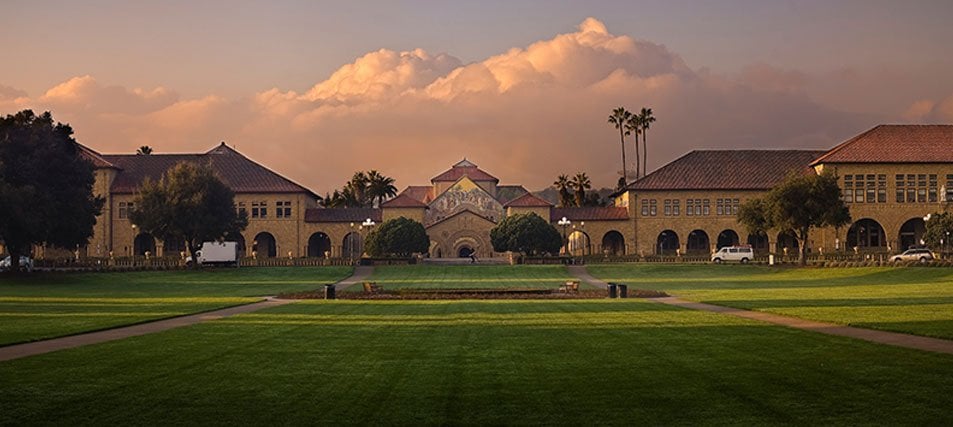What Makes Colleges Different?

Researching – or even visiting – a few colleges can leave you feeling that they are more alike than different. But once you start to view colleges from these four important perspectives, you'll see how different they really are.
Great school spirit, famous faculty, or a beautiful campus can be qualities that help set colleges apart from each other in your mind. But a college can stand out from the crowd in other important ways. Here are four factors to consider as you build and finalize your college list.
1. Academics
A college can be wonderful in many ways, but if the academic opportunities it offers don't serve your goals, you may want to keep looking. Think about:
- Your potential major. A college's strength in your major discipline is something to consider. If you have no clear academic direction, look for colleges that encourage academic exploration.
- Level of challenge. College instruction comes at different levels of rigor. You should be stimulated and excited but, ideally, not overwhelmed by your studies.
- Style of instruction. How much interaction with students and professors do you want? Are small classes for you, or stimulating lectures in large halls?
2. College Setting and Personality
Although the iconic image of a college may be an expansive quad surrounded by ivy-covered buildings, colleges come in all shapes, sizes, styles, and settings. Consider:
- Location and setting. Where do you want to be and what does it look like? Some campuses feel like parks, others like modern cities, and some like small and cozy villages. Weather ranges from snowy winters to balmy year-round temperatures. A rural location may feel idyllic and quiet, but it may also be far from city services, transportation and jobs. An urban campus can feel exciting but may also feel distracting or less safe.
- Size. Large campuses can feel full of opportunities, with impressive libraries, big sports facilities, and many academic and recreational options. But for some students, they can feel overwhelming. Smaller campuses can feel more welcoming, like it will be easy to get to know almost everyone, or limiting.
- Housing on and off campus. College housing varies from posh to spartan to somewhere in between. Off-campus housing can be convenient to campus or far enough to require a car. It's important to consider available transportation options, as well as security and the condition of grounds and buildings.
3. Social Life
College isn't only about studying. Who you socialize and spend time with may have a big impact on your day-to-day experience on campus. Be sure to look into these factors:
- Social scene. Some campuses are teeming with students and offer many organized activities and events. Others are more like a small town where everybody knows everybody, and activities are informal and spontaneous.
- Who's on campus. Some colleges attract similar types of people while attract a variety. Some enroll mostly local students while others attract students worldwide. Some attract serious-minded scholars while others appeal to students who are politically active or athletic and outdoorsy.
- Clubs and activities. Colleges offer any combination of competitive and recreational sports, clubs, musical and theatrical groups, sororities and fraternities, sporting events, volunteer opportunities, spiritual communities, and student publications. How easy is it to join these groups or get involved?
4. Results After Graduation
At some colleges, you may be able to better or more easily achieve your goals, including keeping your debt more manageable and launching your career. Look at student outcomes, including:
- Average student debt. Colleges vary in their "financial friendliness." Some colleges offer more grants and scholarships and fewer loans, meet more financial need, and keep the average debt of graduates low. You can find this information for many colleges in CollegeData's college profiles, which you can access with College Search.
- Retention rates. The number of students who return from year to year can indicate how happy students are with the campus.
- Graduation rates. Four-year graduation rates be a sign of how easy it is for students to get into the classes they need — and avoid the expense of extra years to graduate.
- Career assistance. Most colleges provide statistics showing how many graduates go on to graduate school or a job in their chosen field. Other signs to look for include programs that support career development or exploration, internships, service learning, and co-op assignments.
celebrate the differences
Looking at these and other factors takes time, but doing so may have several benefits. Doing deeper college research will help you understand what college qualities matter to you and why certain colleges appeal and others don’t. This level of understanding can help you feel confident that each college on your list is likely to be a place where you can grow, be yourself and reach your potential – and it will help you communicate to colleges why you’re a great fit.



